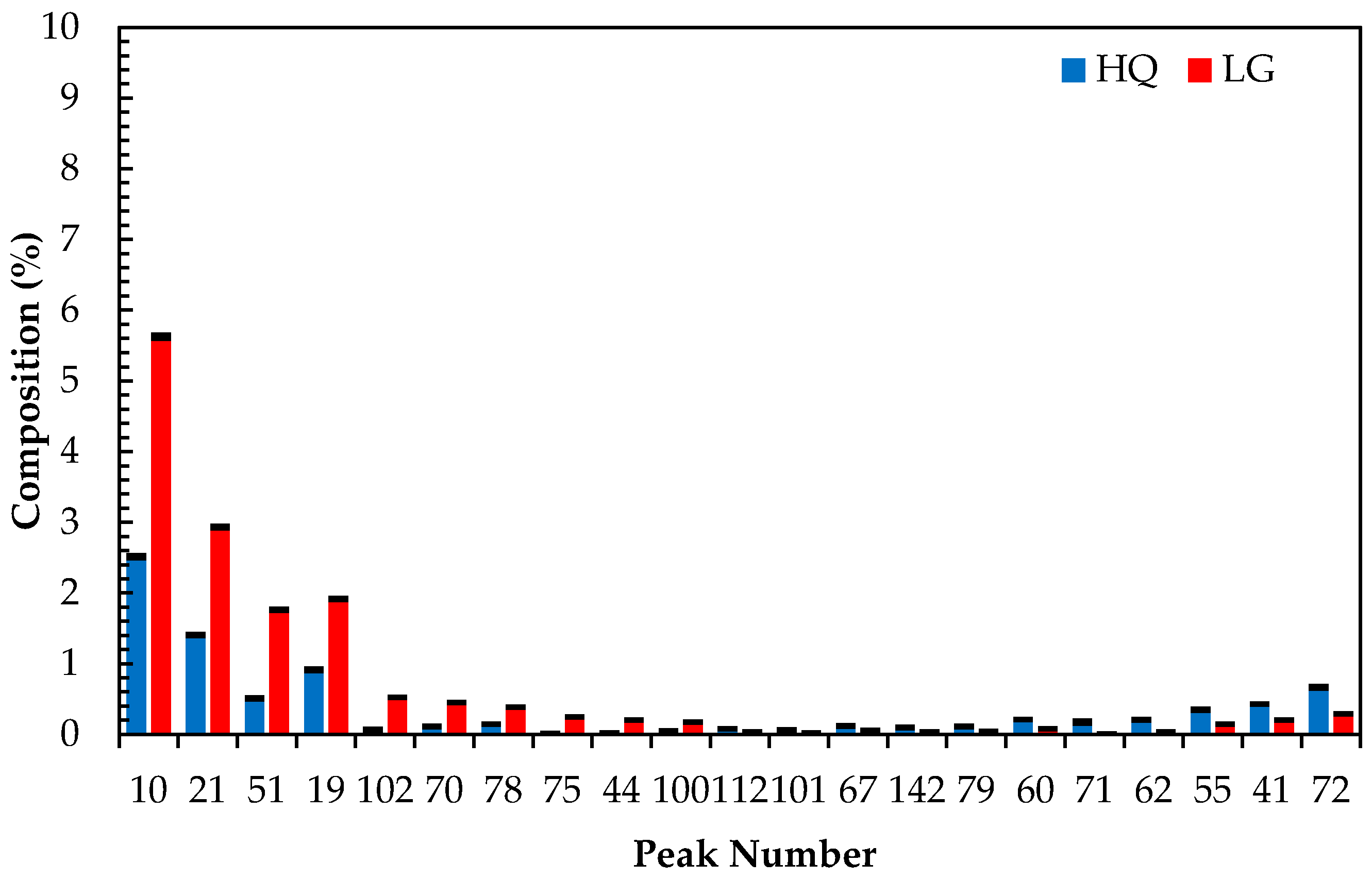

A series of model lithium greases were manufactured by systematically varying viscosity and type of base oil, so that the influence of a single base oil property could be studied in isolation. Macromolecules 25:5816–5820īaird CT (1989) Guide to petroleum product blending.This study investigates the influence of base oil type and viscosity on the frictional behaviour of lithium-thickened bearing greases. Tsuchihara K, Masuda T, Higashimura T (1992) Polymerization of silicon-containing diphenylacetylenes and high gas permeability of the product polymers. Macromolecules 44:432–436Ĭhoi Y-G, Kwak G (2019) Viscosity measurement of silicone oils based on diffusion rates in polydiphenylacetylene films. Lee W-E, Lee C-L, Sakaguchi T, Fujiki M, Kwak G (2011) Fluorescent viscosity sensor film of molecular-scale porous polymer with intramolecular π-stack structure. Lee W-E, Han D-C, Han D-H, Choi H-J, Sakaguchi T, Lee C-L, Kwak G (2011) Remarkable change in fluorescence emission of poly(diphenylacetylene) film via in situ desilylation reaction: correlation with variations in microporous structure, chain conformation, and lamellar layer distance. Lee W-E, Jin Y-J, Park L-S, Kwak G (2012) Fluorescent actuator based on microporous conjugated polymer with intramolecular stack structure. Jin Y-J, Kwak G (2017) Properties, functions, chemical transformation, nano-, and hybrid materials of poly(dipenylacetylene)s toward sensor and actuator applications. Kim S-I, Jin Y-J, Lee W-E, Yu R, Park S-J, Kim H-J, Song K-H, Kwak G (2014) Microporous conjugated polymers with enhanced emission in immiscible two-phase system in response to surfactants.
#Lilac mineral oil viscosity verification#
Lee W-E, Kim J-W, Oh C-J, Sakaguchi T, Fujiki M, Kwak G (2010) Correlation of intramolecular excimer emission with lamellar layer distance in liquid-crystalline polymers: verification by the film-swelling method. Haidekker MA, Brady TP, Lichlyter D, Theodorakis EA (2006) A ratiometric fluorescent viscosity sensor. Haidekker MA, Akers WJ, Fischer D, Theodorakis EA (2006) Optical fiber-based fluorescent viscosity sensor. MSc thesis, University of Missouri-Columbia. Shuaib A (2007) Ratiometric techniques to determine fluid viscosity using molecular rotors. J Biol Eng 4:11Īlamiry MAH, Benniston AC, Copley G, Elliott HJ, Harriman A, Stewart B, Zhi Y-G (2008) A molecular rotor based on an unhindered boron dipyrromethene (Bodipy) dye. Haidekker MA, Theodorakis EA (2010) Environment-sensitive behavior of fluorescent molecular rotors. Peng X, Yang Z, Wang J, Fan J, He Y, Song F, Wang B, Sun S, Qu J, Qi J, Yan M (2011) Fluorescence ratiometry and fluorescence lifetime imaging: using a single molecular sensor for dual mode imaging of cellular viscosity. Kuimova MK (2012) Mapping viscosity in cells using molecular rotors. Smith EA (1962) The importance of viscosity: some experiments on friction and viscosity. The unknown viscosities of commercial oils were identified exactly using the modified Forster–Hoffmann equation as a calibration curve. The typical Forster–Hoffmann equation did not capture the relationship between the probe FL intensity and the fluid viscosity well. This sensing process yielded not only significantly higher viscosity sensitivities but also higher reproducibility than the conventional sensing process based on the measurement of FL intensity. The slope ( x) values indicate the viscosity sensitivities of the PDPA-C1 film for the fluids, which were determined to be 1.02 for alcohols, 4.15 for fatty oils, and 0.63 for mineral oils.

The relationship between the time to reach the FL enhancing equilibrium ( t eq, FL) and the viscosity of each fluid ( η) was captured well by a modified Forster–Hoffmann equation, log t eq, FL = C + x log η.

The FL enhancing rate decreased as the viscosity of the fluids increased. The fluids readily diffused into the polymer film upon contact and, simultaneously, the fluorescence (FL) emission increased with time to reach a FL enhancing equilibrium. A polydiphenylacetylene derivative containing a trimethylsilyl group in one of the two side phenyl rings (PDPA-C1) was examined for use in a film-type solid-state sensor to determine the viscosity of various fluids, such as alcohols, fatty oils, and mineral oils.


 0 kommentar(er)
0 kommentar(er)
